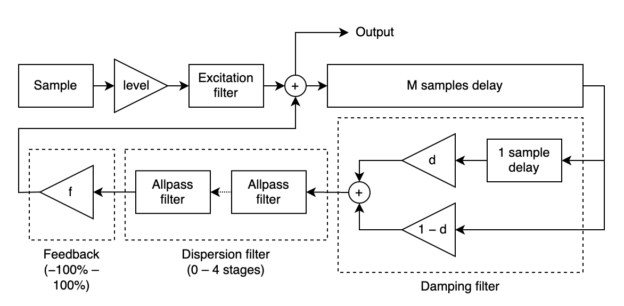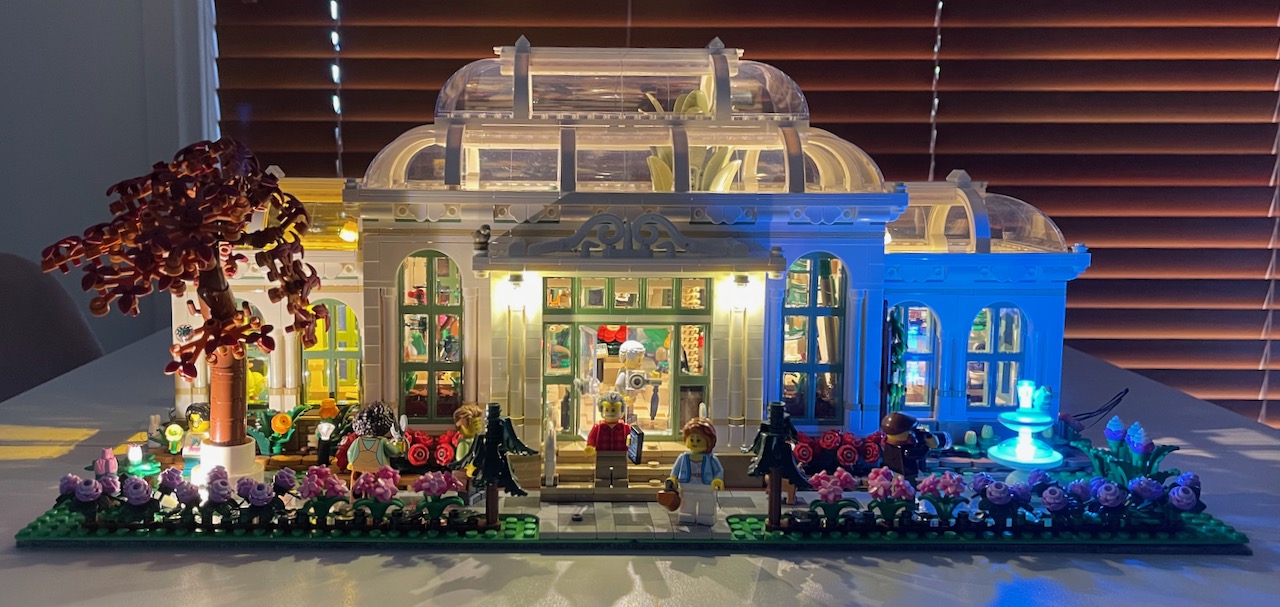Here at Ice Moon Prison, we have a veritable village of Lego Modular Buildings. We’ve been adding the aftermarket LED lighting kits from Light My Bricks to them for years. Recently, Light My Bricks introduced a complete redesign called 2.0. It’s a qualified improvement, but it still has flaws.
(more…)-
The Australian Bureau of Meteorology public FTP server, part 0: overview
Here at Ice Moon Prison, we’ve been talking about the weather for years. We’ve always used the free data supplied by the Bureau of Meteorology. This is the first in a series of posts outlining what data can be found on the BOM’s FTP server.
(more…) -
So Sad They Had to Fade It
This article was first published in Crank Magazine from Pinknantucket Press in 2014.
Back in a previous life, I fancied myself as something of a musician. I was self-taught, so I would play on the family piano what I heard on the radio. When my listening skills weren’t up to the job I would spend hours in the basement at Allans on Collins Street, leafing through the sheet music and memorizing chord progressions—something I was genuinely good at—for me to practise when I got back home. The sheet music was way too expensive to actually buy.
So many songs on the radio would end the same way: Repeat And Fade. This would be what the sheet music said: 𝄆 eight bars 𝄇, then, as if it was helpful to me on my 1927 Becker upright grand, Repeat And Fade. In case you younger readers didn’t know, no, analogue pianos don’t have a volume control. The best I could manage was to play ever softer, poco a poco piano, until I was barely touching the keys.
When I was older, I started taking music theory lessons. One part of the syllabus was “cadences”, with peculiar names for the different chord progressions that end a piece of music: perfect, imperfect, pluperfect, plagal, interrupted. Cadences seemed to me at the time pointless. Who uses them? Surely everyone just ends with Repeat And Fade!
Apparently not, I was to learn as i broadened my musical tastes. Classical music hardly ever ends with Repeat And Fade1. Classical music is full of proper, perfect (or imperfect, or past perfect) cadences. And it hardly affected sales of their albums at all! When Mozart was writing his Requiem, he didn’t just toss together “Kyrie eleison” (Repeat And Fade). He stuck a proper plagal cadence onto it, sung to the now-famous lyric: “Amen!”
So how did we lose the art of The Ending? When did composers decide, “screw it, it’s too hard to end this song properly, I’ll just turn the volume down”? Or was it the sound engineers, concerned about job security, putting their inimitable touch onto the recording process? Or was it the performers, too absorbed in their jam sessions, to remember how many bars they’d played? Is all modern music written by Stephen King? I don’t know, but I think it’s a cop-out, and it has to stop. All songs should end properly. Heck, even “99 Bottles of Beer on the wall” has an end.2
My plea goes out to all musicians everywhere: Shun Repeat And Fade! Spend five minutes wrapping up your songs properly. Use a cadence if you need; there are plenty to choose from. Kids with their analogue pianos will thank you from the bottom of their too-cheap-to-buy-the-sheet-music hearts.
Plagal cadence to that!
Deborah Pickett (@futzle), like everybody, wants to rule the world.
-

How to run Fedivision
The Fedivision Song Contest was a popular event among amateur musicians on the Fediverse. It ran from 2021 to 2024, with musicians from all over the Fediverse writing songs to compete for the glory of winning a contest no one else has ever heard of. These notes are for posterity, and a cautionary tale for anyone else thinking of running a similar contest.
(more…) -
This site is now Fediverse-enabled
You can follow this WordPress blog at @blog@www.icemoonprison.com.
-
Deploying the Takahē Fediverse server on Debian 11
I have a Mastodon server, but I’m always on the lookout for more lightweight Fediverse software. Recently I was made aware of Takahē, a Django Fediverse server application written in Python.
The official installation instructions are high-level and require a fair bit of understanding of Linux system administration. In this article I show the individual commands I used to set up my Takahē instance, cockatoot.city.
(more…) -

Resonator: a Karplus-Strong synth unit for Korg drumlogue
Korg’s drumlogue hybrid drum machine (
(more…)20212022) continues the tradition of the logue series of hardware (prologue, minilogue xd, NTS-1) in allowing end users to develop, install and use custom coded oscillators and effects. This unit, Resonator, is an extended Karplus-Strong physical model synth which produces sounds reminiscent of plucked strings, struck metallic bars, and tuned metal drums. -

Rompler Cosplay: a multisample patch pack for Korg modwave
Korg’s modwave (2021) is marketed as a wavetable synthesizer, but it’s more than that. As well as being shipped with hundreds of wavetables, it contains thousands of multisamples in its flash storage. Yet in the factory patches the multisamples are seldom used. It feels like they are present in the modwave mainly because they were in the wavestate (2020) already and it wasn’t worth the effort of taking them out.
These multisamples are pretty good and they cover a wide range of sounds. So what’s stopping you using the modwave as a straight sample synth?
(more…) -

Peer Gynt quilt, Part 4
Number four! The home straight. While I was working on the first three Peer Gynt quilts, I was contemplating and tweaking the quilt design for the fourth movement of the Peer Gynt Suite 1, In the Hall of the Mountain King. This movement is one of the most well-known pieces of classical music and easily evokes a mental image. This is mine.
(more…) -

Peer Gynt quilt, Part 3
Of the four movements in Edvard Grieg’s Peer Gynt suite 1, three have titles which immediately put an image in the mind. The second movement, Åse’s Death, was the most problematic to express as a quilt.
(more…)
